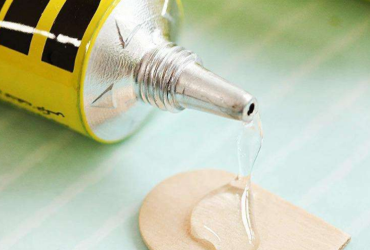Technological advancements in UV raw materials are driving innovation and expanding the possibilities for UV coatings, inks, and adhesives. These developments are enhancing performance, broadening application areas, and contributing to more sustainable manufacturing processes.
Recent advancements in photoinitiator technology have significantly improved the efficiency and versatility of UV curing. Novel photoinitiators offer enhanced absorption of UV light, enabling faster and more complete curing. These advanced photoinitiators also provide better performance under different light sources, including LED UV lamps. Additionally, new photoinitiators with lower migration properties are being developed for applications where minimal migration is critical, such as in food packaging and medical devices.
Innovations in oligomer chemistry are leading to the development of high-performance UV coatings, inks, and adhesives. New oligomers, such as hyperbranched and dendritic acrylates, offer improved mechanical properties, chemical resistance, and flexibility. These advanced oligomers enable the formulation of UV products that meet stringent performance requirements for demanding applications in automotive, aerospace, and electronics industries.
The development of low-VOC and bio-based monomers is contributing to more sustainable UV formulations. Low-VOC monomers reduce the environmental impact of UV coatings, inks, and adhesives by minimizing volatile organic compound emissions. Bio-based monomers, derived from renewable resources such as plant oils and sugars, offer an eco-friendly alternative to traditional petroleum-based monomers. These advancements support the growing demand for sustainable products and help manufacturers meet regulatory requirements and consumer expectations.
Recent innovations in additive technology are enhancing the functionality and performance of UV formulations. Multifunctional additives, such as those that provide both UV protection and antimicrobial properties, are gaining popularity. These additives enable the development of UV products with enhanced durability and resistance to microbial growth, making them suitable for applications in healthcare, packaging, and outdoor environments. Additionally, new additives that improve adhesion, flow, and surface properties are expanding the possibilities for UV coatings, inks, and adhesives.
The incorporation of nanotechnology into UV formulations is opening up new possibilities for enhanced performance and novel applications. Nanoparticles, such as nanosilica and nanoclays, can improve the mechanical properties, scratch resistance, and barrier performance of UV coatings and adhesives. Nanoscale pigments and fillers provide superior color properties and improved dispersion, enhancing the quality and appearance of UV inks. The use of nanotechnology in UV raw materials is driving innovation and enabling the development of high-performance, multifunctional UV products.
In conclusion, technological advancements in UV raw materials are driving innovation and expanding the possibilities for UV coatings, inks, and adhesives. Developments in photoinitiators, oligomers, monomers, additives, and nanotechnology are enhancing performance, broadening application areas, and contributing to more sustainable manufacturing processes. As technology continues to evolve, the market for UV raw materials is expected to grow, offering new opportunities for manufacturers and end-users.
#UVCoatings #UVResins #UVMaterials #UVTechnology #UVCuring #AdvancedMaterials #SurfaceCoatings #ResinTech #BioBasedResins


2022-08-03




2025-01-06